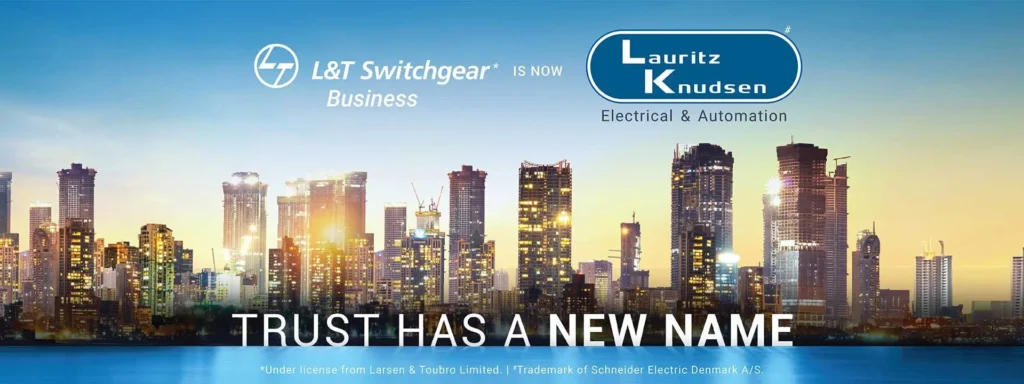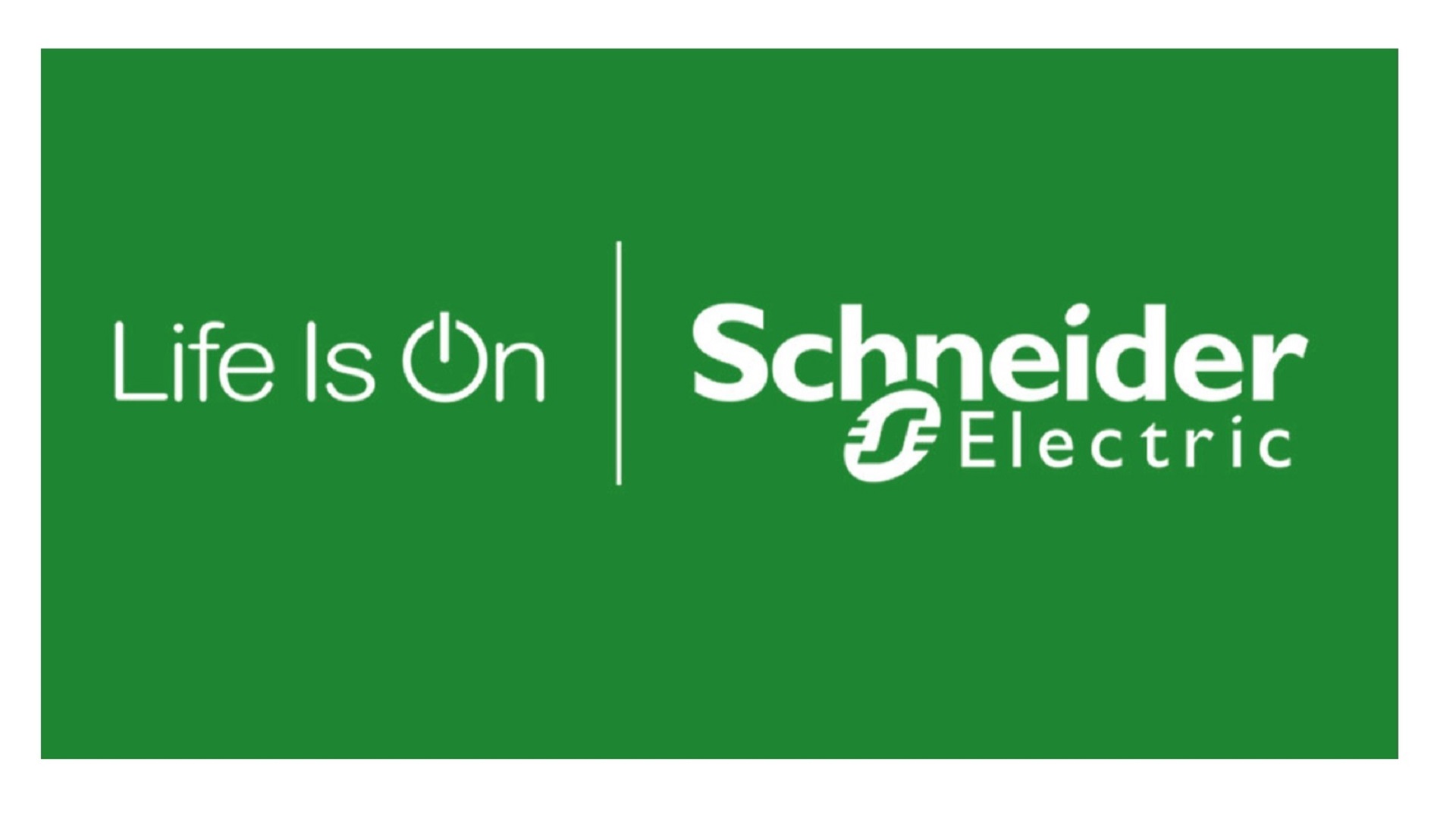
Introduction
This blog explores the strategic move by Larsen & Toubro (L&T) to sell its Electrical and Automation (E&A) business to Schneider Electric, analyzing its implications for both companies and the electrical sector in India.
Company Overview
- Larsen & Toubro (L&T)
- Background: L&T, a major player in engineering, construction, and manufacturing, decided to divest its Electrical and Automation (E&A) business as part of a strategic portfolio review.
- Core Business Areas: EPC (Engineering, Procurement, and Construction), Manufacturing & Defence, and Services.
- Schneider Electric
- Background: Schneider Electric, a global leader in energy management and automation, is integrating L&T’s E&A business into its operations to enhance its market position.
- Core Business Areas: Energy management, automation solutions, and related services.
Table of Contents
"Schneider Electric plans to invest ₹850 crore by 2026 in Lauritz Knudsen, previously known as L&T Switchgear. "
Schneider Electric plans to invest ₹850 crore by 2026 in Lauritz Knudsen, previously known as L&T Switchgear. The company offers low-voltage and medium-voltage switchgear, automation solutions, software, and services. The investment aims to enhance innovation and competitiveness, aligning with India’s growth. Lauritz Knudsen will continue to focus on the LV and MV sectors while expanding into renewable energy and e-mobility solutions. With a significant manufacturing footprint and extensive training programs, the company is committed to advancing India’s electrical sector. This move follows L&T’s 2020 divestment of its Electrical and Automation business to Schneider Electric.

Business Description
Schneider Electric Infrastructure Ltd.
Share Price : 804.75 (As on 2 Aug, 2024 | 15:51)
Market Cap : 19,241 cr
More about Schneider Electric Infrastructure share Click on Schneider Electric :
- L&T: Prior to the sale, L&T’s Electrical and Automation segment was a significant part of its business portfolio. The sale aimed to strengthen L&T’s balance sheet and refocus on core areas.
- Schneider Electric: The acquisition is expected to bolster Schneider Electric’s market position. The company’s market valuation will likely increase due to the expanded business operations and market share.
Revenue and Financial Performance
- L&T: The divestment will enhance L&T’s financial position, allowing it to invest in its core sectors and improve overall profitability.
- Schneider Electric: The integration of L&T’s E&A business will contribute to Schneider Electric’s revenue growth and strengthen its foothold in the Indian market.
Competitors
- Schneider Electric: 30-35% market share in India.
- Siemens: 20-25% market share.
- ABB: 15-20% market share.
- General Electric (GE): 10-15% market share.
- L&T (prior to divestment): 10-15% market share.
- Others: 5-10% market share.
Ownership Status
- Schneider Electric: Post-acquisition, Schneider Electric will have expanded control in the electrical and automation market with increased resources and market influence.
- L&T: Will focus more on EPC, Manufacturing & Defence, and Services sectors.
Current Revenue and Future Outlook
- Schneider Electric: The acquisition is expected to drive significant revenue growth by integrating L&T’s E&A business and expanding into new sectors like renewable energy and e-mobility.
- L&T: The sale allows L&T to allocate resources more effectively and focus on its primary business areas, setting the stage for future growth.
Conclusion
The sale of L&T’s Electrical and Automation business to Schneider Electric is a strategically sound move for L&T, aligning with its focus on core areas and enhancing financial strength. While Schneider Electric’s increased market share could raise concerns about potential monopoly, the presence of strong competitors and regulatory oversight helps maintain a competitive landscape. Overall, this transaction is expected to benefit both companies and the industry by fostering innovation and growth.
Knowledge Portal :
On the Lauritz Knudsen website, https://ebgorg.my.site.com/slk/s/, you can access product information and details in PDF format. The platform functions like an app, requiring you to sign up before gaining access.
The official website of Lauritz Knudsen can be accessed at www.lk-ea.com, where you can find comprehensive company information.
You may read our below article :
Schneider Electric and the Competitive Landscape in Electrical & Automation
After acquiring L&T’s Electrical and Automation (E&A) business, Schneider Electric has significantly strengthened its position in the market. With this acquisition, Schneider Electric has reduced competition from L&T, positioning itself as a dominant player. However, it still faces strong competition from major global companies like Siemens and ABB. This section will explore how Schneider Electric could potentially create a monopoly and discuss the importance of market diversity.

How Schneider Electric Could Create a Monopoly
Market Share Consolidation
- By acquiring L&T’s E&A business, Schneider Electric has substantially increased its market share. This consolidation can lead to a dominant position where Schneider Electric controls a significant portion of the market, reducing the competitive pressures.
Product and Service Dominance
- Schneider Electric now has a broader range of products and services, covering low-voltage and medium-voltage switchgear, automation solutions, and energy management systems. This extensive portfolio can cater to a wide range of customer needs, making it a one-stop shop for electrical and automation solutions.
Economies of Scale
- With the increased scale, Schneider Electric can benefit from economies of scale, reducing costs and improving efficiencies. This can enable Schneider to offer more competitive pricing, making it harder for smaller competitors to compete.
Innovation and R&D Investment
- Schneider Electric has the financial strength to invest heavily in research and development (R&D). This investment can lead to innovative products and solutions, further solidifying its market leadership and making it difficult for competitors to match its offerings.
Customer Base Expansion
- The acquisition brings Schneider Electric a larger customer base, including those previously served by L&T. Maintaining and expanding relationships with these customers can create strong loyalty and increase switching costs for customers considering other providers.
Challenges to Creating a Monopoly
Regulatory Scrutiny
- Antitrust and competition authorities closely monitor such market consolidations. Regulatory bodies can impose restrictions to ensure that no single company can dominate the market to the extent that it eliminates fair competition.
Competitive Landscape
- Despite the acquisition, Schneider Electric still faces formidable competition from Siemens and ABB. Both companies are well-established with strong market presences and extensive product portfolios.
Technological Advancements
- The rapid pace of technological change means that competitors can still innovate and introduce disruptive technologies. This can prevent any single company from maintaining a prolonged monopoly.
Importance of Market Diversity
Innovation and Development
- A competitive market drives innovation as companies strive to differentiate themselves. Diversity in the market ensures continuous improvement and the development of new and better products and services.
Consumer Choice
- Market diversity provides consumers with multiple options, ensuring they can choose products and services that best meet their needs and preferences. This competition also keeps prices competitive and quality high.
Economic Stability
- A market dominated by a single player can lead to vulnerabilities if that company faces financial difficulties. A diverse market with multiple strong competitors contributes to overall economic stability and resilience.
Global Competitiveness
- Diverse market players contribute to a more dynamic and competitive global market. This can lead to better export opportunities and enhance the country’s position in the global economy.
Conclusion
While Schneider Electric’s acquisition of L&T’s Electrical and Automation business positions it as a significant market leader, it does not necessarily create a monopoly due to the presence of strong competitors like Siemens and ABB, and regulatory safeguards. Market diversity remains crucial for fostering innovation, ensuring consumer choice, maintaining economic stability, and enhancing global competitiveness. Schneider Electric will need to continuously innovate and strategically navigate the competitive landscape to maintain its leading position without monopolizing the market.

Pingback: Understanding Series Reactors: Key Functions and Applications in Electrical Power Systems -